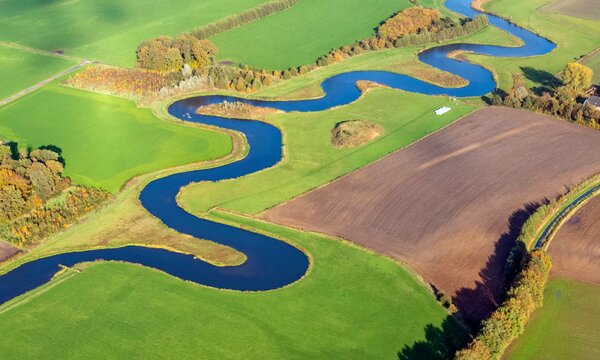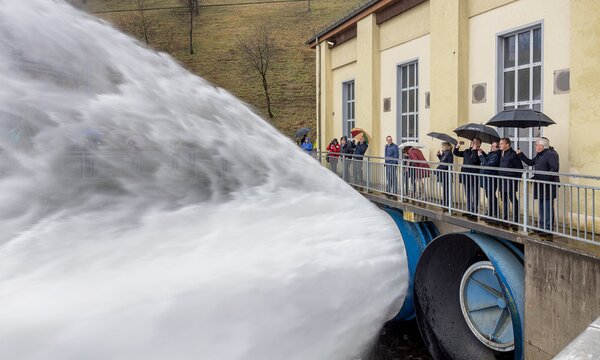Understanding the effect of extreme weather events on water systems is essential to curb floods and droughts successfully. Stress-tests are a useful tool to contributing to this understanding.
Earlier this year, we spoke to Patrick Willems from KU Leuven and Nathalie Asselman from Deltares who explained stress-tests in more detail.
Together, they form part of an international research team where they work on a joint approach for stress tests that can be applied in regional river basins between Flanders and the Netherlands. Stress tests allow one to check the resilience of water systems, which are under increased pressure due to the consequences of climate change. Climate change leads to more extreme meteorological conditions, such as droughts or heavy rainfall which leads to floods.
Patrick explains how stress tests are conducted: “You use computer models to simulate these extreme meteorological conditions. The model calculates how the system will react to them. You first validate the model by looking at historical events, and then you compare that with the measurements. If these are close to the truth, you then begin to impose even more extreme conditions on that model and to predict the impact based on that. The idea is to see with the end users, such as water managers, whether – if these predictions were to come true – we as a society find those acceptable. That way you can see how stress-resistant our water system is. If it is insufficient, then we look at possible measures to make it more stress-resistant, but that is then the next step.”
Nathalie stresses the importance of a risk approach for the Netherlands and finding the design standards of certain water systems. This can be a 1 in 25 probability of flooding per year, or a probability of 1 in 100. It is, however, important to not only look at design conditions, but also at more extreme events. “We saw in July 2021 that there can always be surprises, that rainfall can occur that is much more extreme than usual. We want to prevent these kinds of extreme situations from surprising us. A stress test helps to give us insight into how water systems react under extreme conditions, to prevent a truly big disaster.” In the Netherlands, the stress test complements the standard risk approach, and its results are meant to facilitate discussion and the creation of possible preventive measures. In combination with knowledge gathered from disaster response plans, they can help warn residents in certain areas or facilitating evacuation.



